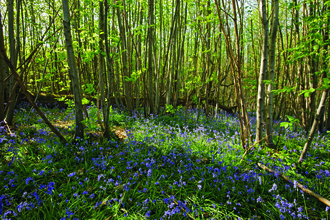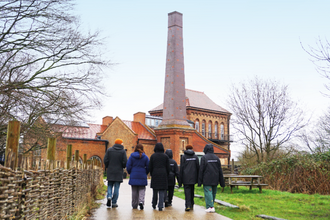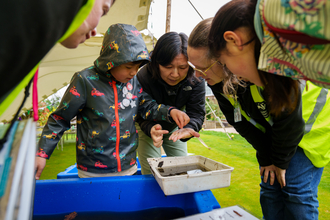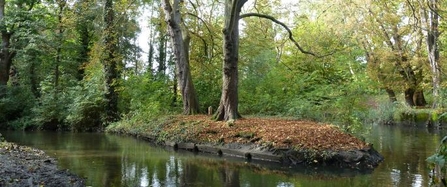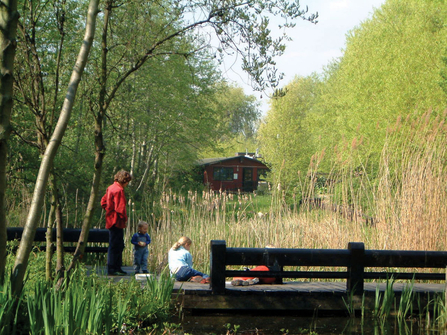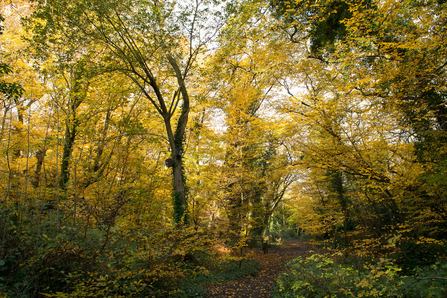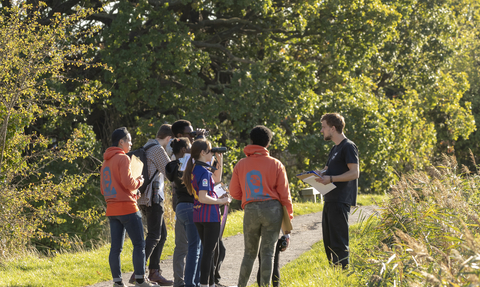
Credit Penny Dixie
Our projects
We run a range of projects across London to help boost wildlife and connect people to nature.
You can find more about our projects below:
A snapshot of our completed projects:
A Cool Place To Live
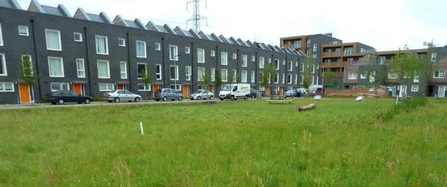
Barking riverside - A cool place to live
Working with social landlords and residents to develop green space solutions to address the impacts of climate change.
Back to Chalk
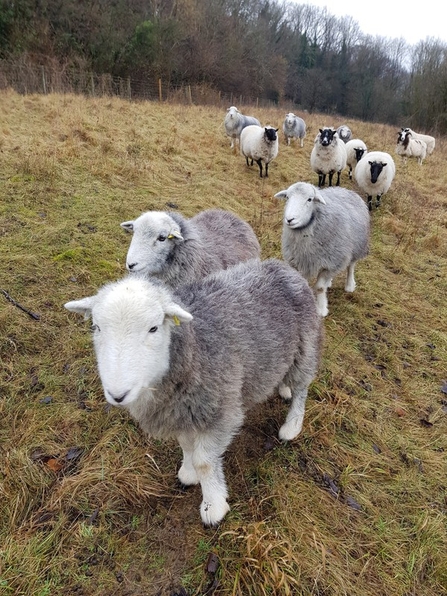
Grazing sheep at Saltbox Hill credit Matthew Rich
Focusing on London's downland – the dry valley systems that contain chalk grassland, chalk scrub and woodland.
Brilliant Butterflies
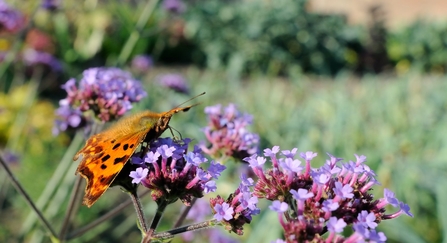
Comma butterfly credit Nick Upton/2020VISION
London Wildlife Trust, the Natural History Museum and Butterfly Conservation worked together to create new homes for butterflies, insects and wildflowers.
Budding Together
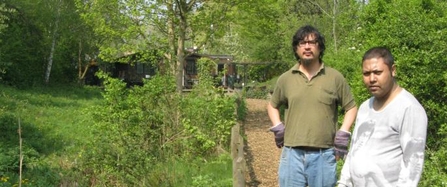
A project for people experiencing mental health problems; a unique chance for them to get up close to nature.
Connecting London's Amphibian and Reptile Environments
Common lizard at Hutchinson's Bank credit Mathew Frith
Life isn't easy for reptiles and amphibians in London – so the Connecting London's Amphibian and Reptile Environments (CLARE) project was set up to lend a helping hand.
Earn Your Travel Back
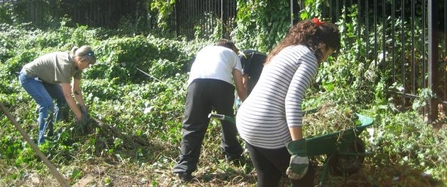
Earn Your Travel Back was a scheme that gave young Londoners who had lost their right to free travel the chance to earn their Oyster cards back by volunteering for London Wildlife Trust.
From Thorn to Orchid
Greater yellow rattle at Hutchinson's Bank credit Mathew Frith
‘From Thorn to Orchid’ was a project aimed at securing the future conservation heritage of some of the last remaining chalk grasslands within London.
Great North Wood
Fragments of a mighty woodland can still be found in south London. The Great North Wood gave rise to the names of local districts such as Norwood, Forest Hill and Penge. We aimed to raise awareness of this historic woodland landscape and help enhance it for future generations to enjoy.
Growing Out
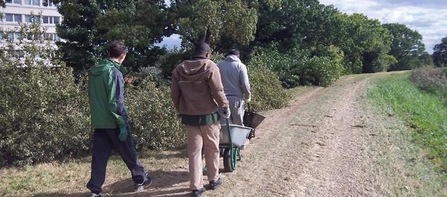
Growing Out Project
Growing Out was an exciting London Wildlife Trust project that worked with young adults with mild learning disabilities. Each week we worked with groups of around ten young adults to build their skills in gardening and practical conservation work.
The Lost Effra project
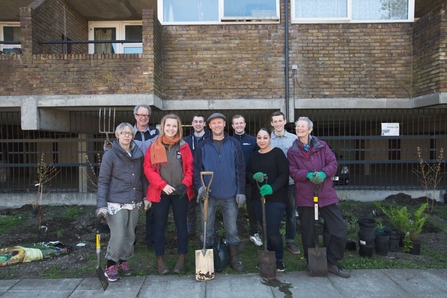
Cressingham rain gardens, Lost Effra project credit Sam Mellish
Imagine if every household in London depaved their front garden, built a green roof on their shed or fitted a water butt to capture rainwater from their roof
The Lost Effra Project empowered communities to create green landscape features to increase local climate resilience and improve neighbourhoods for people and wildlife.
The Lost Effra Project (https://youtu.be/cbvusnHaWXg)
London Wildlife Trust & Mace Foundation, working together for people and wildlife.
This video focuses on a portion of the Lost Effra project where Mace worked with London Wildlife Trust on an innovative rainwater scheme at Rosendale Allotments near Herne Hill.
Read the project's guide to creating urban greenspaces for environmental resilience here.
Natural Estates
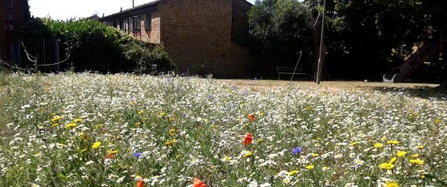
Sycamore Gardens wildflower meadow credit Karolina Gogol
The Natural Estates project involved more than 7,000 residents in enhancing and maintaining their common green spaces, improving their physical and emotional health, social cohesion and promoting active citizenship.
Natural Estates was a partnership between London Wildlife Trust, eight social landlords, and Groundwork London; funded through Big Lottery Access to Nature, in collaboration with Natural England.
New Roots
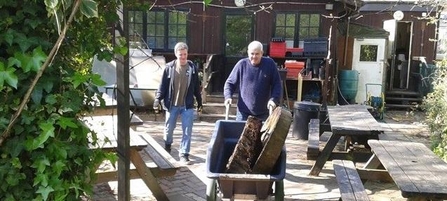
New Roots was a project set up to engage ex-offenders in practical horticulture and conservation activities, with an aim to improve their employment prospects.
Potted History
Potted History (https://youtu.be/Ykns-T8Ytag)
Film by Theo Wallis
A gardening and reminiscence project that made use of memory and nature-based activities to improve the self-confidence and wellbeing of socially-isolated older people.
Tump 53 / Wild about Thamesmead
Tump 53 is a former munitions testing site which is now a beautiful nature reserve in the heart of Thamesmead in south east London. The Wild about Thamesmead campaign secured funding to re-open the site in 2013.
Urban Urchins
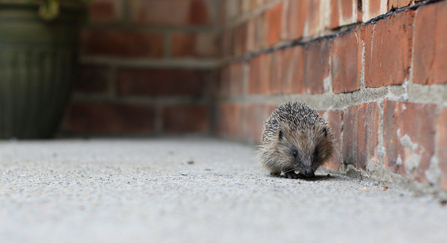
Hedgehog credit Tom Marshall
London's hedgehogs are in trouble, with the city's population falling by nearly a third in ten years. We're now calling on everyone in London to help us reverse this shocking decline, and ensure our hedgehogs can continue to live in the city for decades to come.
One of our biggest priorities is recording where hedgehogs live in London, so we can build an accurate picture of where our help is most needed. As part of our 'Urban Urchins' project we asked Londoners, if they have seen a hedgehog at any time and in any part of the capital, to fill in an online form and record their sighting.
You can still record your hedgehog sightings here:
Vole Patrol
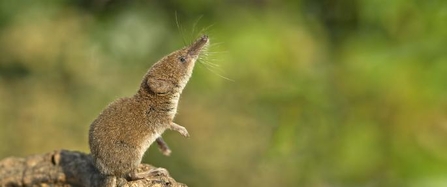
Pygmy shrew credit Phil Winter
We launched Vole Patrol to investigate how small mammals such as mice, shrew and vole are faring at selected woodland habitats in west London. The findings have helped increase awareness of these species and informed future conservation efforts.
The Trust trained 25 volunteers in specialist monitoring techniques to help survey populations of wood mouse, yellow-necked mouse, common shrew, pygmy shrew and bank vole at eight woodland habitats in west London.
Our thanks to the many volunteers who helped support the project, and to National Lottery Heritage Fund for funding this groundbreaking work.
View the guide here.
Wandle Estates Community Outreach Project
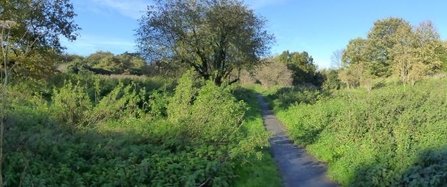
The Wandle Estates Community Outreach Project was supported by National Lottery Heritage Fund as part of the Living Wandle Landscape Partnership Scheme.
The aim of this scheme, delivered by a range of partners was to revitalise the River Wandle as an identifiable, high quality asset to the communities of south London, through engagement with the natural and built heritage of the river.
The aim of this project was to secure the interest of social housing communities in proximity (within about 2km) to the River Wandle and to help ensure that they have the opportunities to become involved in and benefit from the activities.
Water for Wildlife
This project focussed on London's freshwater habitats - discovering what's living in them, and encouraging more wildlife to do so. The team monitored and mapped waterways, making practical conservation improvements to key sites and strengthening their wildlife value.
Water Vole Conservation
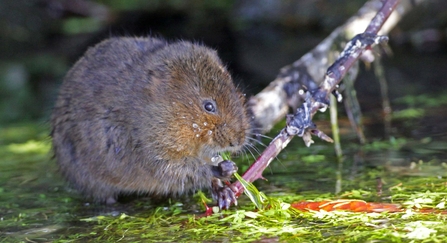
Water vole credit Margaret Holland
London Wildlife Trust's water vole project started in March 2001 and was dedicated to the conservation of this species throughout Greater London.
The Biodiversity Action Plan for London includes the water vole as a key species. We identified a number of important locations where water voles still thrive. In Greater London, water vole distribution is sparse with some concentration towards the Thames Estuary.
The most significant populations can be found in dykes in the marshes at Rainham and Crayford to the east of London. Other healthy populations live on rivers such as the Ingrebourne, Beam, Crane, Colne, Frays and waterways in the Lea Valley.
Have you seen a water vole?
Wild at Heart
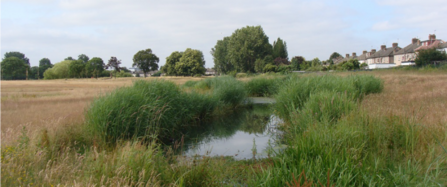
Mayesbrook Park
Wild At Heart aimed to encourage the local community to become actively involved in looking after, improving and enjoying their park.
The project took place at Mayesbrook Park in Barking and Dagenham, and broke down the barriers to nature and reconnecting people with their much-loved park.
The Wild at Heart project was a London Wildlife Trust project in partnership with Barking and Dagenham Council, funded by Natural England's Access to Nature Fund.
Wild London Inclusive London
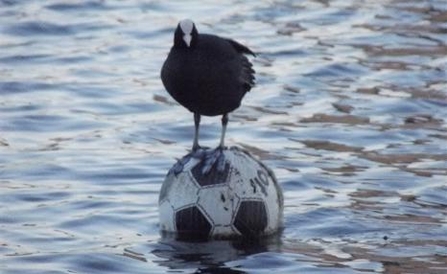
credit Beryl Covington
The Wild London Inclusive London project worked with a range of communities historically under-represented in the conservation sector.
Based around the built-up areas of Camden, Hackney and Southwark, the project engaged people in the improvement of their local green spaces and supported volunteers to develop their conservation skills.
Wildlife and the 2012 Olympics
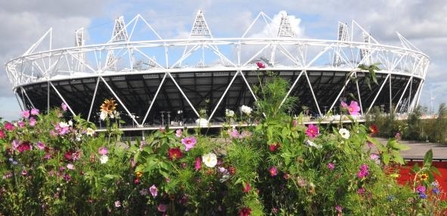
London 2012 will be the biggest public sporting event to occur in many of our life times. An event of this scale inevitably came with its threats to, and opportunities for, biodiversity.
London Wildlife Trust worked to ensure wildlife and the wider environment were well represented during the build, staging, and especially the legacy phases of the Games.
Wildlife on Your Waterways
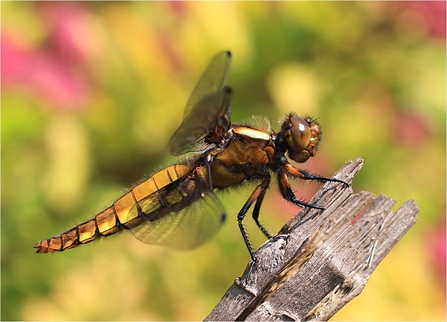
Broad-bodied chaser at Camley Street Natural Park credit Penny Frith
An innovative project focused on the management and enhancement of a unique urban waterway environment.
Based at Camley Street Natural Park, the project explored the green spaces and aquatic environments found along a stretch of the Regent's canal running from Camden lock to Islington Tunnel.
Working in partnership with the Canal & River Trust and other stakeholders, the project looked at what can already be found along this historic waterway, and ways in which it could be maintained and enhanced for established wildlife.
Wild Talent
Wild Talent (https://youtu.be/Mhu0HWU1zE8)
Film created by Sam Liebmann and Sedi Ghadiri
Over four years our Wild Talent programme trained dozens of enthusiastic recruits eager to learn new skills and start a new career in conservation.
The Wild Talent project was specifically funded to challenge the barriers that exclude some people from working in environmental conservation. It aimed to address skill shortages in the nature conservation sector and increase the diversity of our workforce.
Each trainee spent several hours each week working at our nature reserves alongside professional conservation staff. They developed a broad range of skills required in the conservation sector, including practical conservation and reserve management; surveying and monitoring; and community engagement and education.
2020Vision
2020VISION was the most ambitious photography-based conservation initiative ever staged in Britain. It was about communicating a vision for a wilder Britain - not only for wildlife, but for us too.
London Wildlife Trust worked with the John Muir Trust to coordinate the Young Champions project for the London iWitness Assignment: Biodiver-city - the Greater Thames Futurescape.
2020VISION was spearheaded by the Wild Media Foundation, a social enterprise company working to bring nature's stories to life through the use of intelligent visual media.

